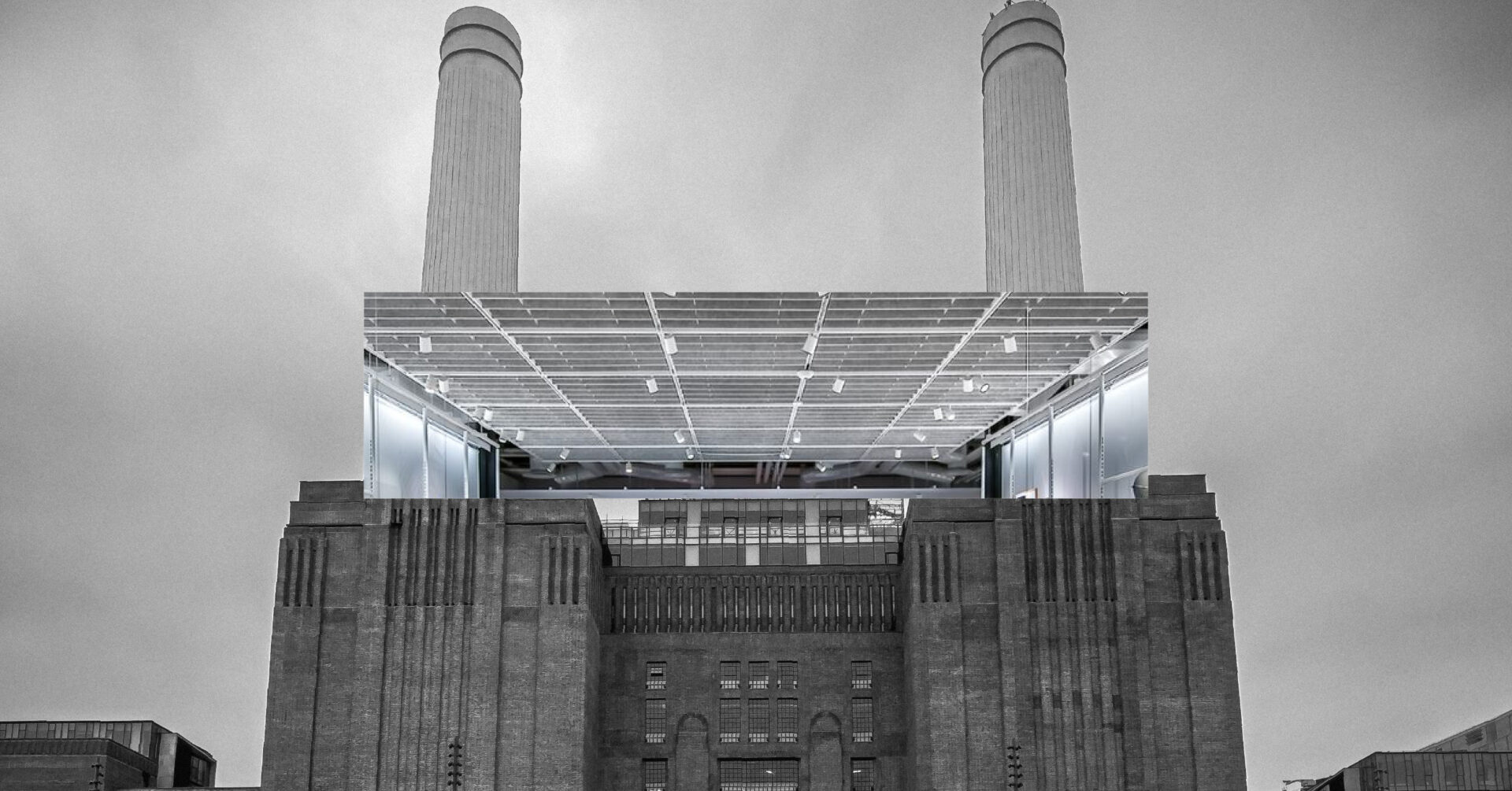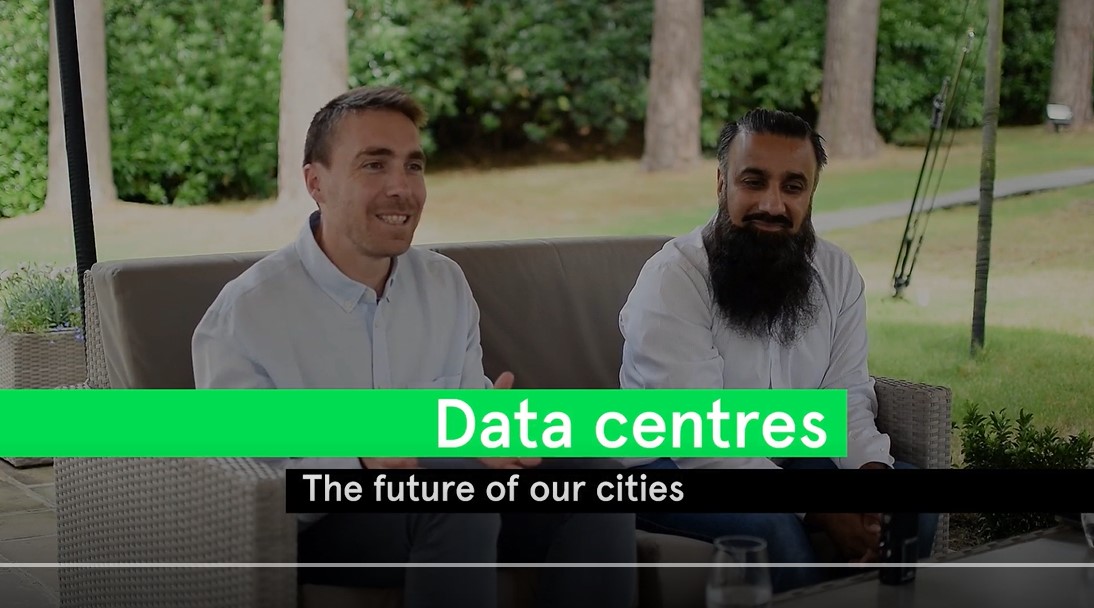Heritage buildings present opportunities for applying circular economy principles, where architects and engineers can apply the three Rs – reduce, reuse, and recycle. That means reducing resources and waste, reusing a building no longer in use and the existing materials within it, and recycling unwanted features or debris into something new. Heritage buildings also contain significant embodied carbon and are typically built from more natural materials than new developments.
At the same time, heritage buildings can also present challenges for architects and engineers because the original construction usually predates architectural considerations about energy and water.
With these opportunities and challenges surrounding sustainable architecture, we interviewed some of Hyphen’s experts on heritage buildings – architects, Eva Diego, Aimee Hooper, Rachel McCurry, Georgina Mullen, Laura Vatteroni, and Gloria Martin, and MEP engineer, Nikoletta Christou.
Contingencies
“Contingencies in these types of buildings need to be higher due to unknown conditions at the time of design development”, says Eva Diego, Hyphen director in Madrid. “Circular construction applies, and I find there is a whole unexplored territory of upcycling debris and integrating this into the next projects.”
Aimee Hooper, senior associate in our Winchester office, says, “There is a common goal in architecture to improve a building’s efficiency. While it can be challenging, it is possible with a considered and sympathetic approach. You should always approach this type of project with an open mind.”
Rachel McCurry and Georgina Mullen, associates in our Belfast office say, “It can be very challenging due to existing constraints with building code, planning and building fabric, however it is now more achievable than it used to be.”
Geothermal potential in Milan
Laura Vatteroni, architect and associate, says, “In Milan we are working on a proposal for a geothermic plant to power a listed building in the city centre in the prestigious Galleria Vittorio Emanuele. Geological and archaeological studies will be required, and permit approval will take five to six months. We are collaborating with an MEP consultant, the local authority, and the client, who has hired a geologist for the project. It is certainly challenging, but if it’s possible, we will have a more sustainable building and a good saving in terms of the energy bill for the client.”
LEEDing the way in Battersea, London
Nikoletta Christou, our head of MEP, based in London, says, “When working on a retail store in Battersea Power Station, we had conversations with assessors at various stages, to do as much as we could to achieve LEED (Leadership in Energy and Environmental Design) accreditation. We also had good brainstorming sessions where the whole team would get together and discuss how we could be more innovative and sustainable.”
Gloria Martín Pérez, senior architect in London, adds, “Working in Battersea Power Station, we used many materials and finishes with sustainable performance. We had to make sure the client had the right certificates and EPDs (Environmental Product Declarations) to prove that they were LEED compliant.
“For instance, the terrazzo tiles, felt rugs and the entrance mat at the hub were all made with recycled components; all the dry walls were recyclable; and the epoxy floor, paints, and primers were all zero VOC (volatile organic compound). Nikoletta and I were very selective, using as many local products as possible or those made from sustainable energy sources.
“Reusing buildings and the materials in them is the best way to protect them and most sustainable approach.”


